Ethiopia Lim Limu production area washing G1 coffee flavor water how to drink Lim coffee beans
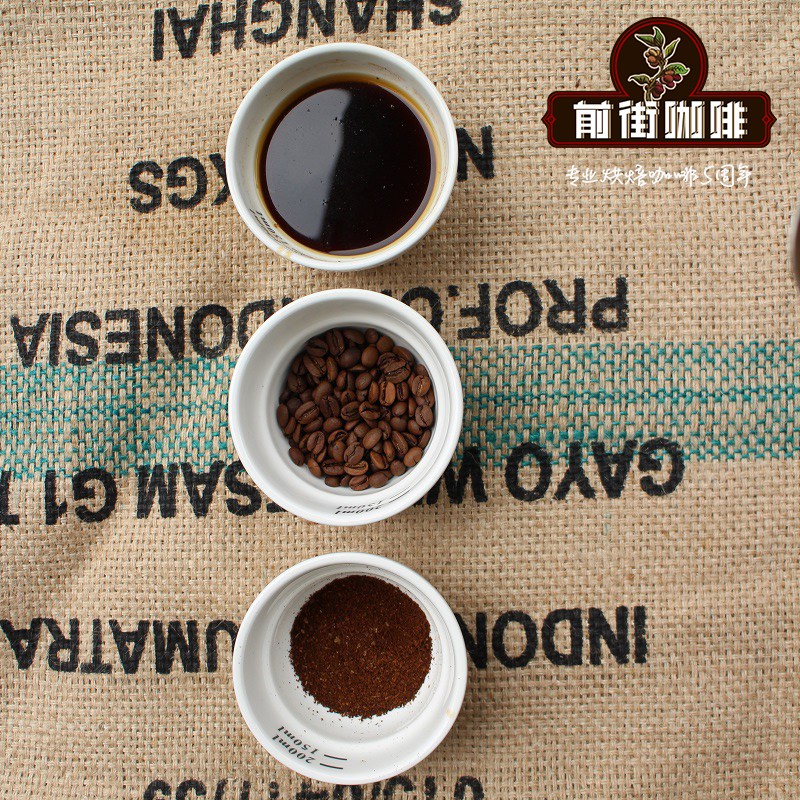
Professional coffee knowledge exchange more coffee bean information please follow the coffee workshop (Wechat official account cafe_style)
Where does the coffee come from? Maybe you should ask where the coffee originated. This question, but anyone who has been asked will feel that it is just getting started, and this is also one of the questions that you must know. The origin of coffee comes from Ethiopia in Africa, yes, the country you think is very poor, the land is very barren Africa, they can grow coffee? Yes, that's where coffee comes from. Don't believe it.
Introduction: there are eight main producing areas of Ethiopian coffee: Ekempti, Limu, Illubabor, Djimma, Harrar, Teppi/Bebeka, Sidamo, Yirgacheffe. Ethiopian coffee is highly rated in Taiwan, especially Chinese people are particularly interested in and love the three more famous producing areas of Ethiopia, namely Harrar, Sidamo and Yirgacheffe.
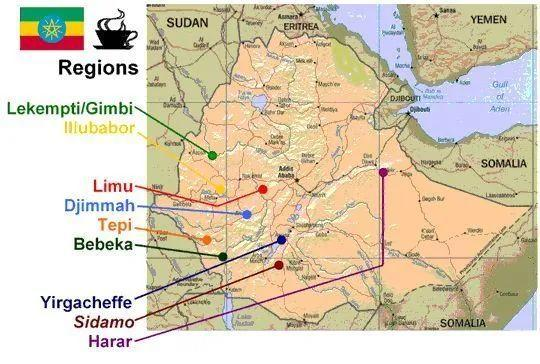
Sidama province is located in the south of Ethiopia, with Arsi province in the north, Bale province in the east and Gamu Gofa province in the west. The jurisdiction of Sidama province includes two well-known producing areas, Yirgacheffe and Kochere. The industry is dominated by agriculture, and the coffee growing area is located around the East African Great Rift Valley (Great Rift Valley).
Generally speaking, Limu producing areas are mainly water-washed beans, which taste milder than those in Sidamo, often with the characteristics of sweet lemon and citrus; although not as famous as coffee from Sidamo or Yegashifi, they also produce coffee beans with many flavor characteristics. Limu coffee beans are mainly produced by local small farmers, but there are also some large state-owned estates in the area. The local coffee is produced at an altitude of 1400-2200m, mainly native species, and the production season is between November and January.
The washed G1 in this batch of Limu producing area is located in the Limu area in the northwest of Djimma and is produced by local coffee farmers in Limu producing area. It is ranked as the highest grade G1 by EXC cup test and is a raw bean with high C / P value. Friends who often taste Yega Xuefei and Sidamo coffee today come to a different cup of washed G1 coffee from Limu to add a different coffee topic.
Coffee varieties are native to Ethiopia (Heirloom), and local small coffee farmers grow them in a 100% organic way. Soil is Vertisols soil. Plant between 1850 and 1900 meters above sea level. Limu coffee has exquisite floral flavor, bright acidity of apple, aloe and kumquat, changeable taste, and sweet finish of lemon, sandalwood and cocoa in the middle and back.
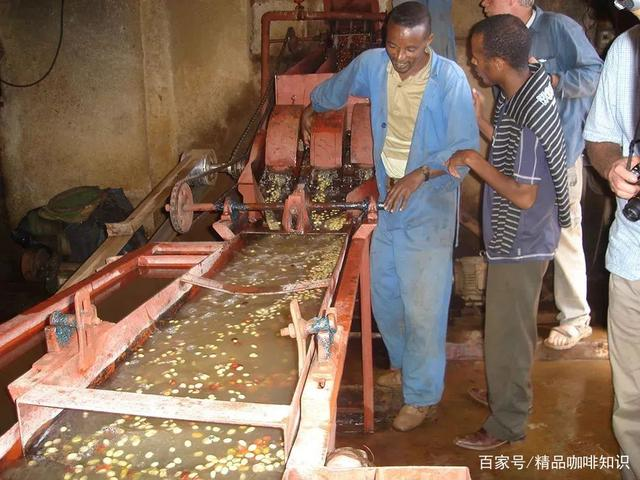
A brief introduction to the Lim producing area.
Lim producing area is a small producing area in Ethiopia, located in the southwest of Ethiopia, with an altitude of about 1200 to 1900 meters above sea level. It is mainly exported to Europe and the United States. It was not easy to buy at home in the past, but it was very popular in Europe and the United States. Second only to Yega Xuefei.
There are three treatments in Lim area: sun, water washing and semi-washing. The taste spectrum of Lim is different from that of Sidamo and Yega Schiffe, the consistency is obviously lower, and the performance of flower and citrus acid is also lower than that of Yega and Sidamo, but there is a smell of grass and brown sugar, as well as sandalwood.
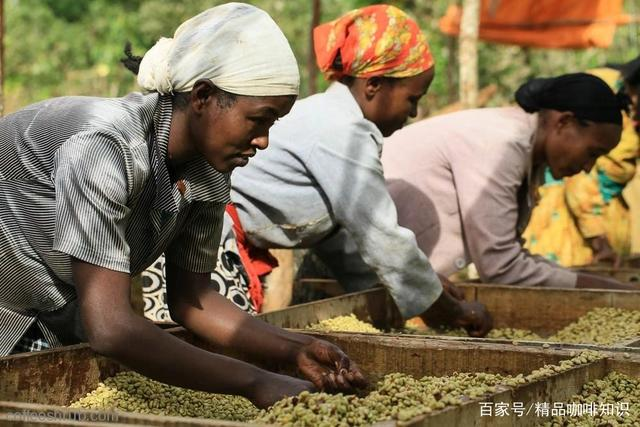
What is the original species Heirloom
Getu Bekele, East Africa supply chain manager at Counter Culture Coffee in the United States, who works to build an index of Ethiopian coffee varieties, says that in Ethiopia, the emergence of the word native species occurred after the start of the boutique coffee movement. At that time, these boutique coffee buyers, who could not tell the difference between iron pickup and bourbon, would collectively refer to all these unknown varieties as native species.
But Getu said Ethiopian coffee producers use different names to distinguish different coffee plants. instead of globally recognized scientific names, they usually use local words, or borrow some of the characteristics of local coffee trees to refer to a variety of coffee trees.
Medina Hussein, export department manager at coffee exporter DW Coffee and a supplier of Ethiopian coffee, said boutique coffee buyers would distinguish Ethiopian coffee by region, altitude and cup score, rather than by variety.
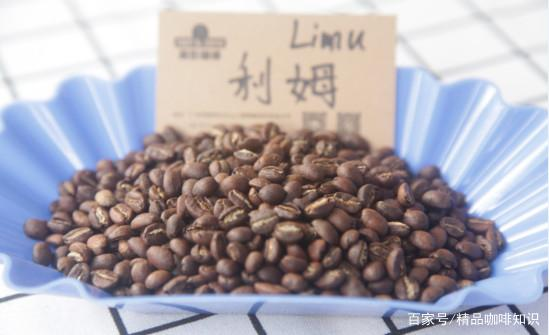
The display is [Qianjie Coffee, Lim G2, Ethiopia]
Product: Ethiopian Lim G1 washing (Ethiopia Washed Limu G1)
Flavor description: exquisite floral tone, bright acidity of apple, aloe and kumquat, changeable taste, sweet finish of lemon, sandalwood and cocoa in the middle and back.
Country of origin: Ethiopia (Ethiopia)
Producing area: Limu producing area
Variety: Heirloom (native)
Producer: local coffee farmers in Limu
Altitude: 1850-1900m
Grade: washed G1
Harvest time: October of each year to February of the following year
Soil: Vertisols soil
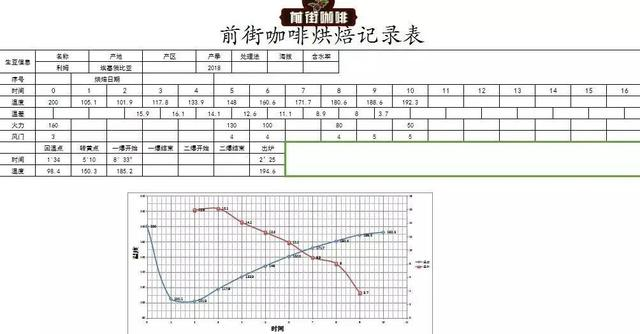
[Qianjie Coffee Baking suggestion]
The density of lim coffee beans is medium, and the front street baker thinks that moderate roasting is the most suitable for showing the roasting degree of lim tonality, with fresh grass and sour aromas of apples, which thickens the taste of coffee, and the aftertaste of cocoa and berries is worth aftertaste.
Using fast stir-frying mode, furnace temperature to 200 degrees Celsius into the pan, throttle open 3 degrees Celsius for 1 minute, adjust firepower 160C, throttle unchanged, bake to 5o10 ", temperature 150C, bean surface turns yellow, grass smell completely disappears, dehydration is complete, firepower is adjusted to 130C, throttle opens to 4x168 °C for Mena reaction point, firepower is reduced to 100C to develop flavor; 180C firepower is lowered to 80C again, medium firepower enters an explosion.
In the 8th minute, wrinkles and black markings appear on the bean surface, and the smell of toast obviously changes to the smell of coffee, which can be defined as a prelude to an explosion. At this time, it is necessary to listen carefully to the sound of the explosion point, to 8: 33 "start to explode, the throttle is fully open, and the firepower is lowered to 50 degrees to 194.6 degrees.
[Qianjie Cup Test report]
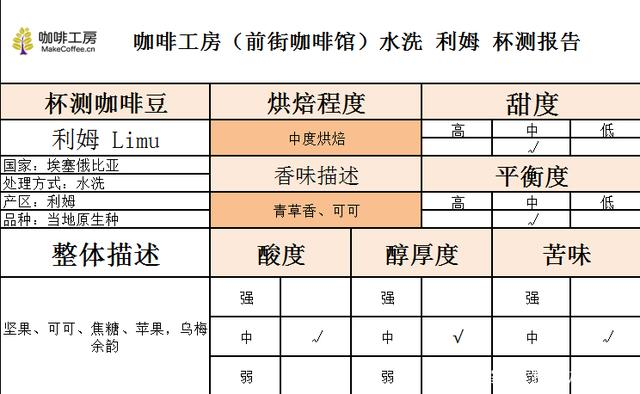
[Qianjie cooking parameters suggestion]
Filter cup: V60 filter cup
15 grams of powder
Water temperature: 89 degrees
Gouache ratio: 1:15
Degree of grinding: BG#6S

[Qianjie cooking technique suggestion]
Segmented water injection
Steam with 30 grams of water for 30 seconds, small flow circle injection to 125 grams, continue to inject water to 225 grams when the water level is about to be exposed, remove the filter cup when the water level is about to be exposed, and the extraction time is 2 minutes.
[flavor description]
Apple, nut, cocoa, caramel, black plum aftertaste.
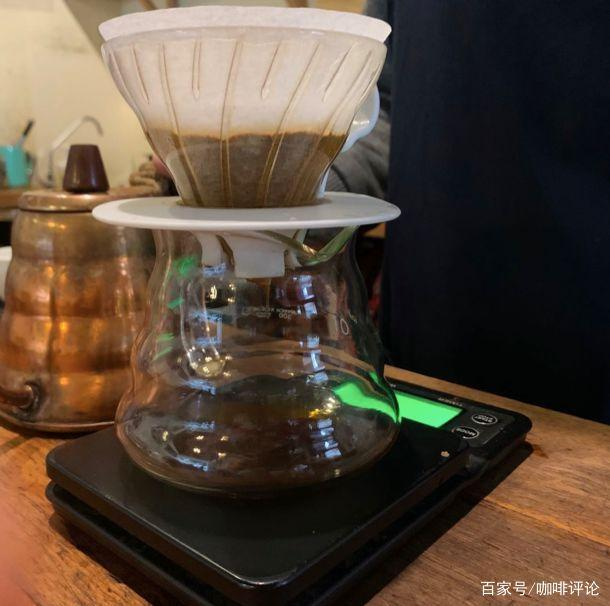
Important Notice :
前街咖啡 FrontStreet Coffee has moved to new addredd:
FrontStreet Coffee Address: 315,Donghua East Road,GuangZhou
Tel:020 38364473
- Prev
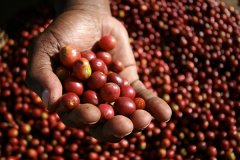
Sunrise Ye Jia Xue Fei Red Cherry Coffee Delicious Red Cherry Plan OCR must be a boutique coffee
Professional coffee knowledge exchange More coffee bean information Please pay attention to coffee workshop (Weixin Official Accounts cafe_style) Yejia Xuefei Red Cherry Plan Coffee Sunlight Alert Land Manor and ordinary Yejia Xuefei Difference Name: Red Cherry Plan Ethiopia Sunlight Yejia Xuefei G3 Qiuba Village (Ethiopia Natural Yirgacheffe Chelba OCR G3) Country: Ethiopia
- Next
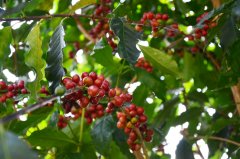
Who mainly produces Kenyan coffee? description of flavor characteristics of Kenyan coffee varieties
For the exchange of professional baristas, please follow the coffee workshop (Wechat official account cafe_style) [Kenya Coffee Sangesi processing Plant PB] Kenya coffee production area is located in eastern Africa, close to Ethiopia, where coffee originated. Coffee producers in Kenya can be broadly divided into two types of cooperatives and small-scale farmers. SL28 has a mixture of French missionaries, mochas and Yemens Tibica.
Related
- Detailed explanation of Jadeite planting Land in Panamanian Jadeite Manor introduction to the grading system of Jadeite competitive bidding, Red bid, Green bid and Rose Summer
- Story of Coffee planting in Brenka region of Costa Rica Stonehenge Manor anaerobic heavy honey treatment of flavor mouth
- What's on the barrel of Blue Mountain Coffee beans?
- Can American coffee also pull flowers? How to use hot American style to pull out a good-looking pattern?
- Can you make a cold extract with coffee beans? What is the right proportion for cold-extracted coffee formula?
- Indonesian PWN Gold Mandrine Coffee Origin Features Flavor How to Chong? Mandolin coffee is American.
- A brief introduction to the flavor characteristics of Brazilian yellow bourbon coffee beans
- What is the effect of different water quality on the flavor of cold-extracted coffee? What kind of water is best for brewing coffee?
- Why do you think of Rose Summer whenever you mention Panamanian coffee?
- Introduction to the characteristics of authentic blue mountain coffee bean producing areas? What is the CIB Coffee Authority in Jamaica?

